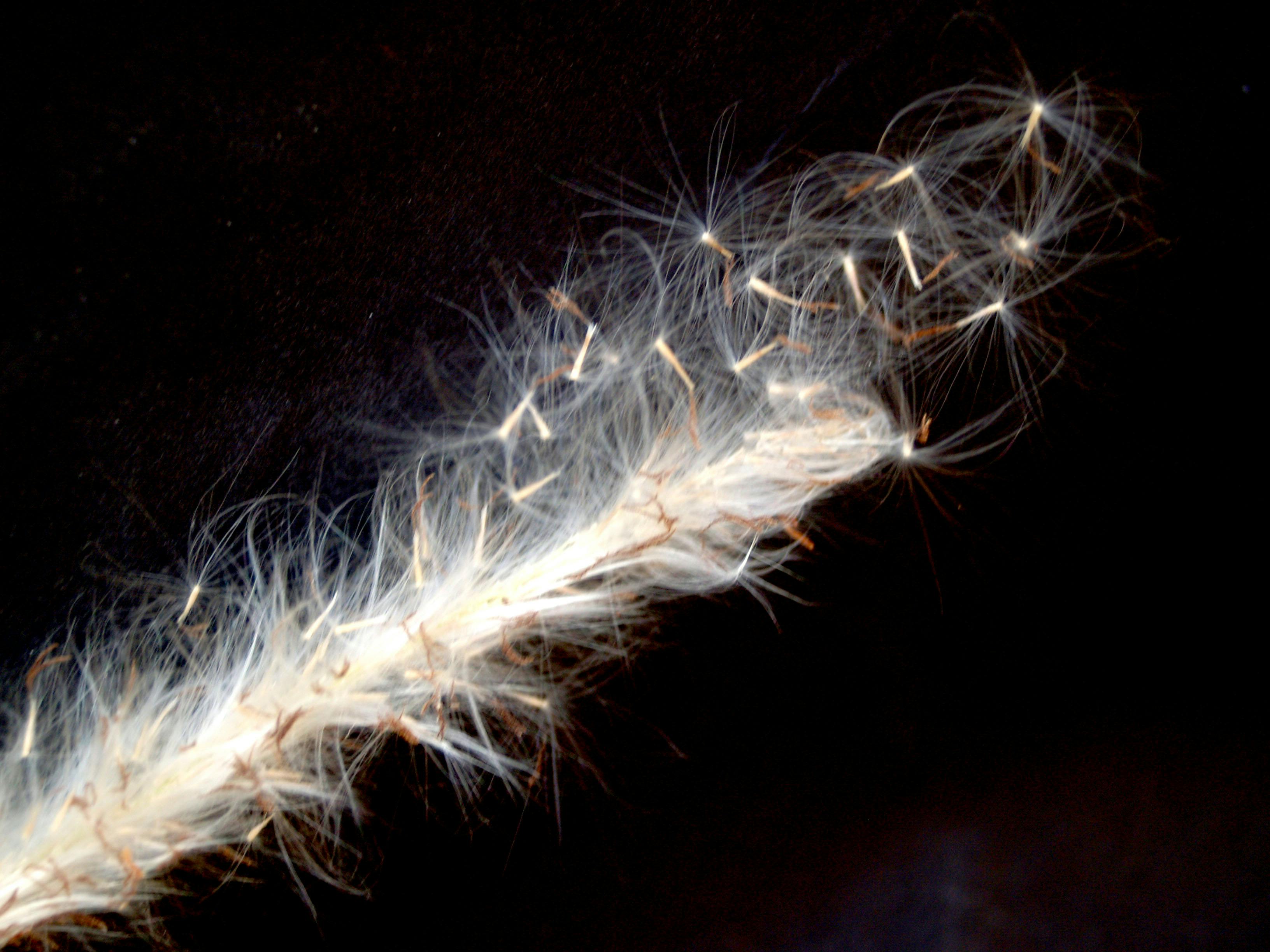Smart Ways to Grow Lemongrass in 2025 for Maximum Flavor
Lemongrass is not only a flavorful addition to culinary dishes, but it also offers numerous health benefits, making it a prized herb in gardens worldwide. This article dives into the smart ways to grow lemongrass effectively, focusing on optimal care, environmental considerations, and cultivation techniques for the year 2025. Mastering the art of growing lemongrass maximizes its flavor and utility, whether in pots indoors or in outdoor gardens.
We'll explore topics ranging from soil requirements and watering needs to pest control and harvesting tips. The goal is to provide you with a comprehensive understanding of how to cultivate lemongrass successfully. Let’s get started on your journey to becoming a lemongrass gardening expert!
Preparing Soil for Optimal Lemongrass Growth
Understanding lemongrass soil requirements is crucial for ensuring a robust and flavorful crop. Lemongrass thrives best in rich, well-draining soil with a pH ranging from 6.5 to 7.0. To achieve this, consider integrating organic matter into your planting area. Compost or well-rotted manure provides essential nutrients that bolster plant growth.
Optimizing Soil Composition
For growing lemongrass in pots, select a high-quality potting mix that retains moisture yet drains well. This ensures that the roots can absorb the necessary water without becoming waterlogged. Soil amendments, such as perlite or sand, can enhance aeration and improve drainage, crucial for healthy root development.
Understanding Nutrients
Enhancing the soil's nutrient profile can lead to faster growth rates and more flavorful stalks. Essential nutrients for lemongrass include nitrogen for leafy growth, phosphorus for root development, and potassium to strengthen plant health. Regular soil testing can help you determine nutrient levels and inform your fertilizing routine.
Watering Techniques for Thriving Lemongrass
Proper watering is a fundamental aspect of lemongrass care that significantly affects plant health and growth. Lemongrass requires consistently moist soil, but it’s essential to balance this with appropriate drainage to avoid root rot.
Watering Schedule
Establishing a watering schedule tailored to the climate is vital. During the hotter months, lemongrass may require more frequent watering, sometimes daily. However, in cooler months, the watering frequency should be reduced. Monitoring soil moisture with your finger or a moisture meter can help prevent over-watering.
Watering Methods
When watering, aim to water deeply, allowing the roots to reach for moisture further down the soil. Utilizing drip irrigation or soaker hoses can be an effective way to maintain consistent moisture while minimizing evaporation. This technique also helps in managing the watering needs of lemongrass during variable weather conditions.
Sunlight Requirements for Healthy Lemongrass
Lemongrass thrives in environments with plenty of sunlight. Understanding its sunlight requirements is integral to successful cultivation, particularly in outdoor environments.
Choosing the Right Location
For optimal growth, locate your lemongrass in an area that receives full sun, which translates to at least 6 to 8 hours of direct sunlight daily. If you're growing lemongrass indoors, consider placing it near south-facing windows or using grow lights to supplement natural light during shorter winter days.
Companion Planting Benefits
Pairing lemongrass with suitable companion plants can enhance its growth and protect from pests. Companion plants like basil or marigold can help deter harmful insects, while also improving soil conditions through nutrient exchange.
Fertilizing Lemongrass for Maximum Flavor
Applying the right fertilizers is key to boosting lemongrass growth and flavor. Educating yourself on the best fertilizers for lemongrass will help you achieve optimum results in both soil and pot cultivation.
Organic Fertilizer Options
Utilizing homemade fertilizers can be a sustainable option. Banana peels, for example, provide potassium, while coffee grounds add nitrogen, creating a balanced nutrient mix for your lemongrass. Apply these fertilizers during the growing season for the best results.
Feeding Schedule
Regular feeding every 4-6 weeks during the growing season promotes robust growth. Look for fertilizers specifically formulated for herbs and apply according to the product instructions to prevent nutrient burn.
Understanding Pest Management for Lemongrass
Keeping your lemongrass plants healthy means actively managing pests and diseases. Common pests of lemongrass include aphids, spider mites, and whiteflies. Implementing organic pest control methods can mitigate these threats.
Identification and Prevention
Regular inspections of your lemongrass will help identify pest issues before they escalate. Signs of aphid infestations include sticky residues and yellowing leaves. Preventative measures like neem oil or insecticidal soap can effectively control these pests without harming beneficial insects.
Integrated Pest Management Practices
Employing integrated pest management (IPM) strategies will enable you to maintain a healthy growing environment. By rotating crops and practicing good hygiene in your garden, you can significantly reduce pest populations and promote a healthier microbial community in the soil.

Harvesting Lemongrass: Timing and Techniques
Knowing when and how to harvest lemongrass is essential for retaining the best flavors and health benefits. From choosing the right harvesting tools to understanding the growth cycle, this section covers everything you need for effective lemongrass harvesting.
Harvesting Frequency
Start harvesting lemongrass stalks once the plant reaches a height of about 12 inches. Typically, this timing occurs approximately 60 days after planting. For maximum flavor, it's best to harvest lemongrass in the morning when essential oils are most concentrated.
Proper Harvesting Techniques
Using sharp scissors or a knife, cut the stalks at the base, ensuring not to damage surrounding plants. Regular harvesting encourages the plant to produce new growth, enhancing both the quantity and flavor of your harvest.
Storing and Using Fresh Lemongrass
Once you’ve harvested your lemongrass, proper storage techniques ensure freshness while allowing you to make the most of your crop.
Storage Methods
To store fresh lemongrass, wrap it in a damp paper towel and place it in a plastic bag in the refrigerator, where it can remain fresh for up to two weeks. For long-term storage, consider drying or freezing your excess harvest.
Culinary Uses
Lemongrass adds a vibrant flavor to a variety of dishes, including soups, teas, and marinades. Preparing lemongrass for cooking involves removing the tough outer leaves and using the tender bulb, which imparts a zesty citrus flavor to your recipes.

Conclusion: Embracing the Future of Lemongrass Gardening
Growing lemongrass successfully in 2025 requires embracing sustainable practices and optimizing cultivation techniques for maximum yield and flavor. This article has covered the essentials of soil preparation, watering strategies, fertilization, pest management, harvesting, and storage.
Equipped with this knowledge, you can embark on your lemongrass gardening journey with confidence. Whether you are cooking with fresh lemongrass or using it in herbal remedies, the benefits of this aromatic herb will surely enhance your culinary experiences for years to come.
